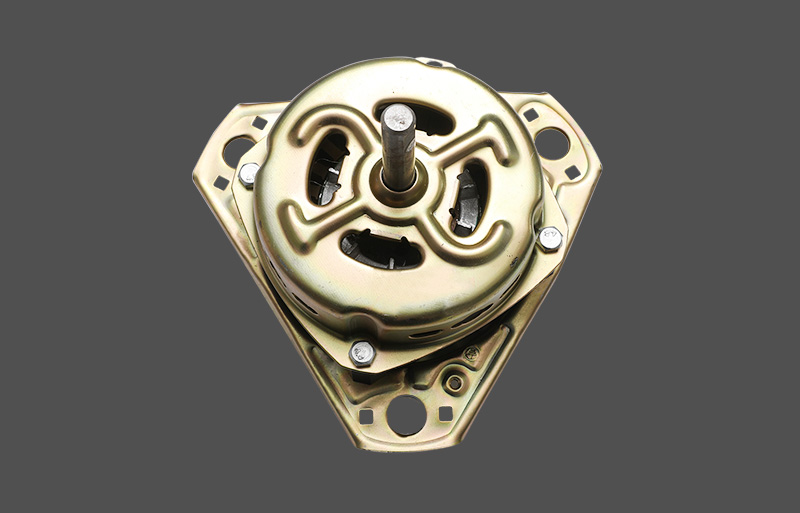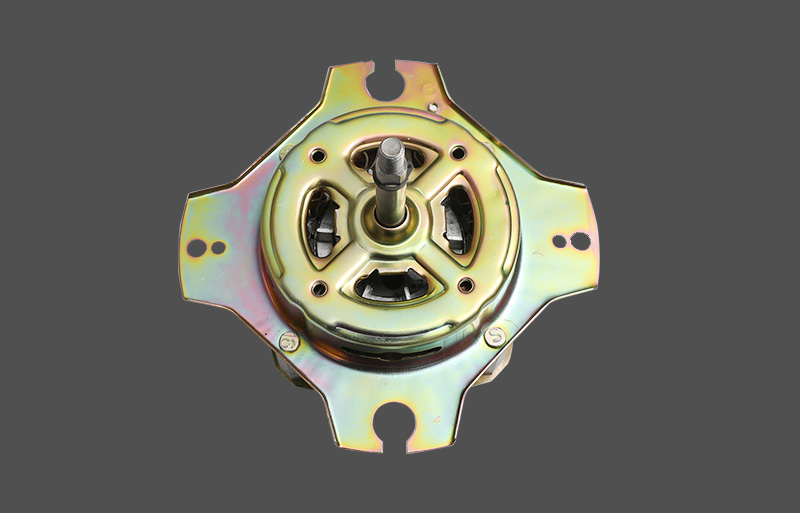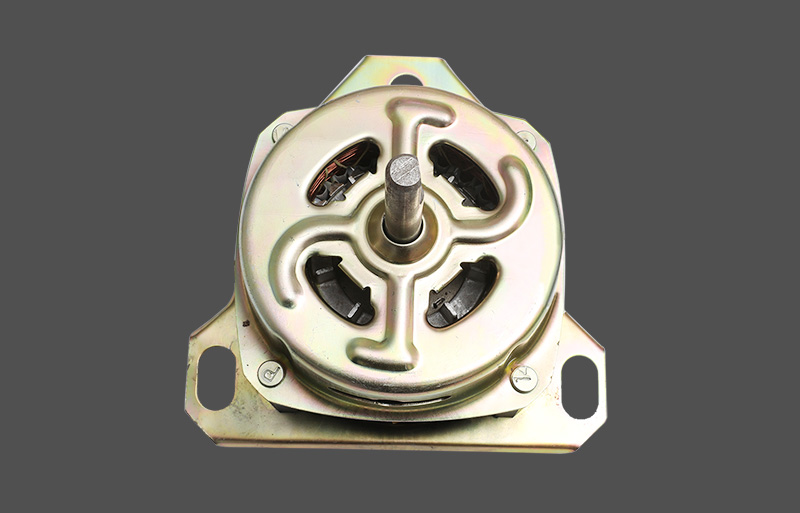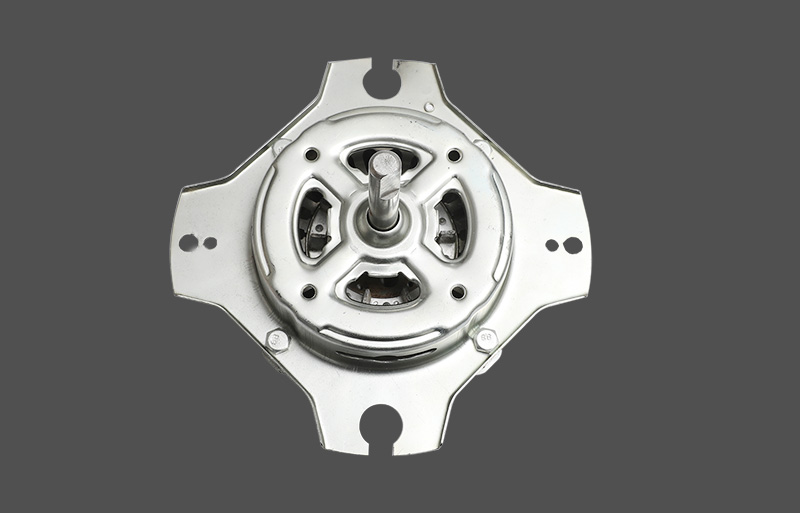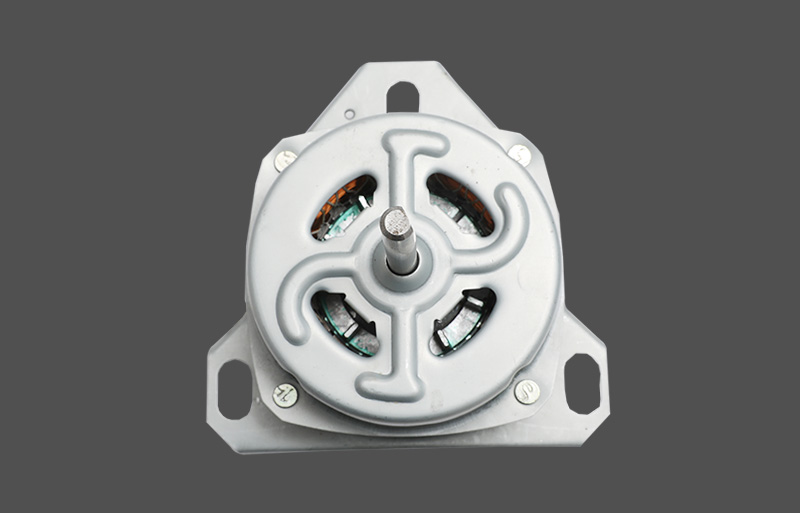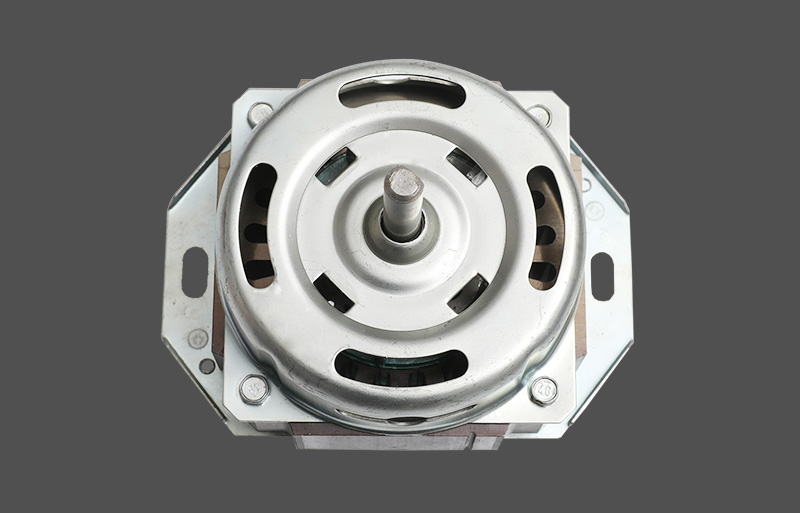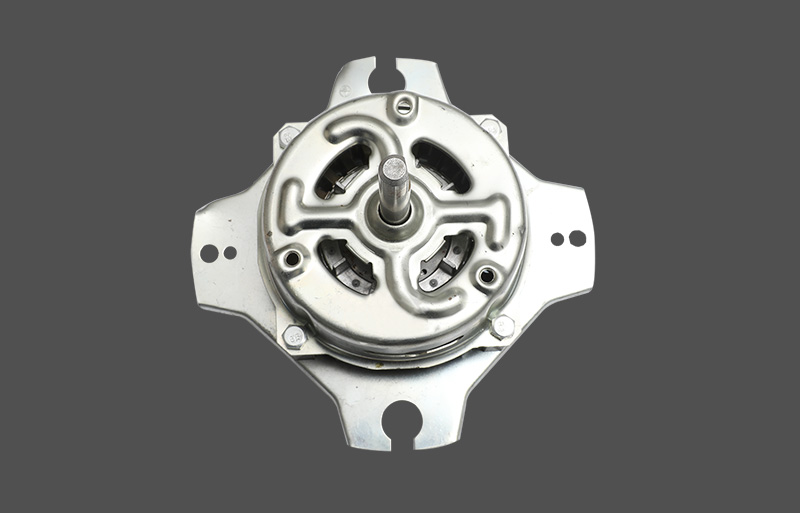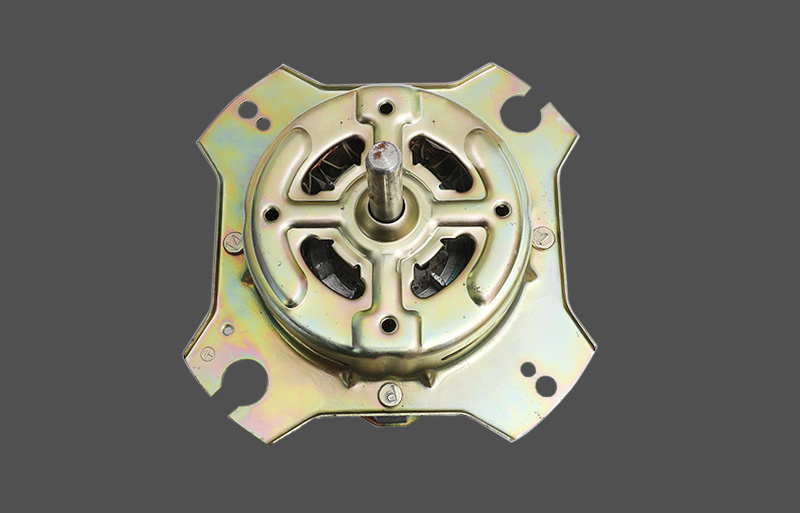AC synchronous motors can only run at synchronous speed, which depends on the number of poles, but can never be more than 3600 rpm at 60Hz or 3000 rpm at 50 Hz. AC induction motors alway run slightly below the speed of a synchronous motor with the same number of poles.
DC motors can be made to run at any speed. A universal motor (series connected armature and field winding, run on AC or DC) runs at a speed inversely proportional to the torque load. There is no specific upper speed limit if the load is removed. The speed canChina Wash motor Manufacturers increase until the armature tears itself apart catastrophically. A DC brush motor with a permanent magnet field will run at a constant rpm proportional to the applied voltage, only slightly affected by the torque load.
A DC shunt connected motor will run at an rpm proportional to the voltage applied to the armature and inversely proportional to the field current, only slightly affected by the torque load. If it is unloaded and the field current is disconnected, the speed can increase until the armature tears itself apart, just like a universal motor. In the motor lab at school, we had panic buttons near the bench to cut power if this happens.
Small DC motors can be designed to run at 100,000 rpm if desired.
A DC motor running at 20 rpm will have very low torque without a gearbox. If you want a lot of torque without a gearbox, the motor will need to be much larger, probably impractical. If you want a controlled low speed motor, you should consider a stepping motor. It can be programmed to move one small increment at a time. At higher speeds a stepping motor could act like a synchronous AC motor. The torque will still be limited, and needs to be specified when selecting a stepping motor.




